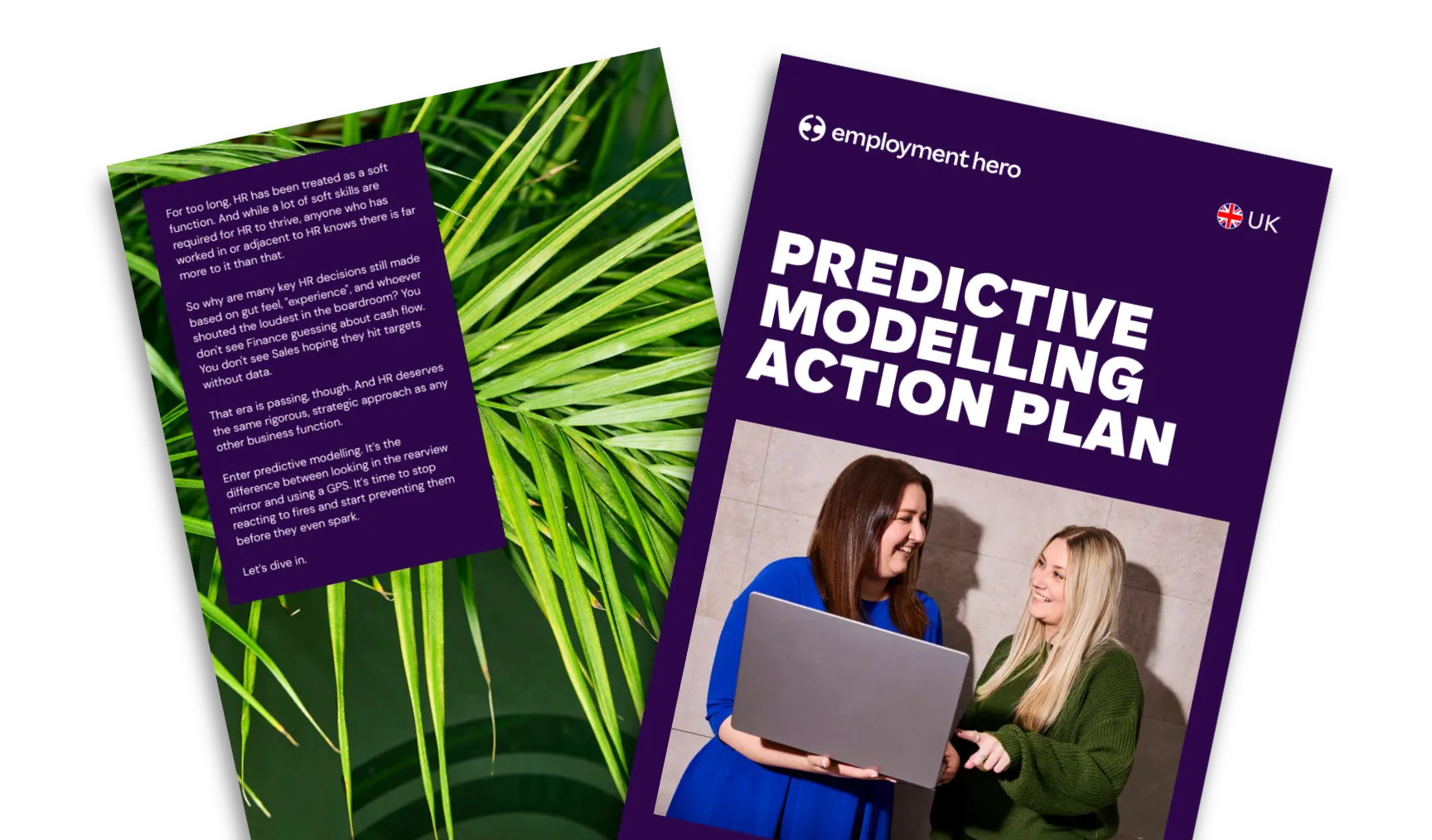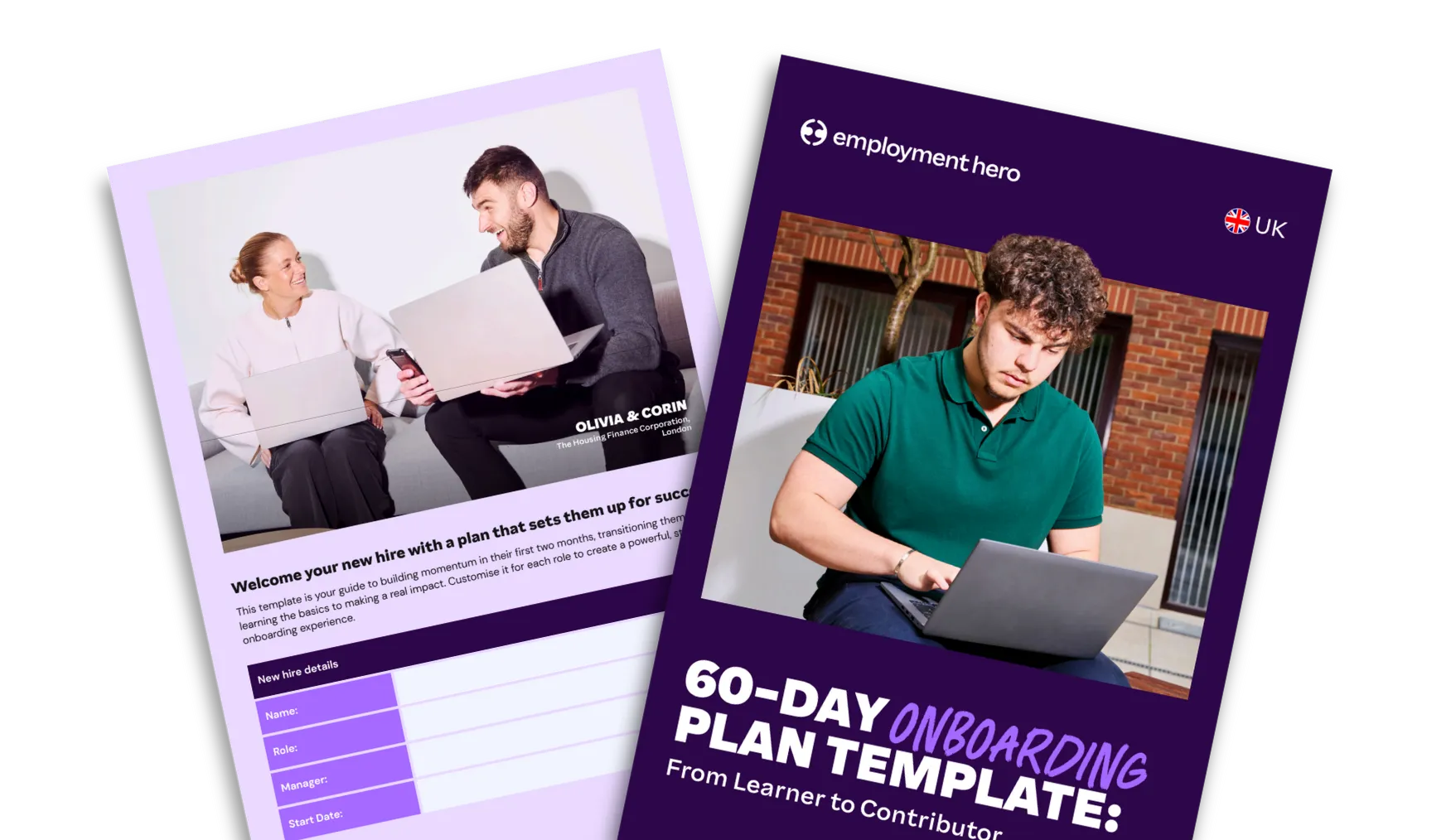A Guide to Inclusive Soft Skills Training
Published
A Guide to Inclusive Soft Skills Training
2 min read
It probably comes as no shock that soft skills continue to be super important for business growth. With 91% of talent professionals in agreement that soft skills are very important to the future of recruitment and HR, we’re quite sure you don’t need any more persuading on the importance of soft skills training for employees. But, you might be looking for some help in how you can upskill your current workforce’s soft skills inclusively. That’s why we wrote this guide. But, before we start, it’s important to understand that there’s a problem with how we’ve traditionally defined or looked at soft skills. Sometimes, they can isolate an employee with protected characteristics (such as disability). We encourage you to think about soft skills not as something to be graded high or low, but more as a capability to showcase a skill when a person is capable of it. For instance, communication and interpersonal skills should not be a barrier to an otherwise skilled team member with social anxiety. An uninclusive way of looking at soft skills could be contributing to how 46% of new employees fail in their new roles within 18 months (89% because of a so-called lack of soft skills). If you fail to make reasonable adjustments or work with employees who are struggling with certain soft skills, you could be missing out. We encourage you to create work environments that are fully inclusive, yet encourage all of your team to work on developing soft skills. And it’s important that we look at soft skills in this way because our want for them has been steadily increasing since the pandemic. Keyword research reveals the most-searched-for skills are:
- “networking skills”
- “problem-solving skills”
- “time-management skills”
- “communication skills and interpersonal skills”
Take a look at the guide to get more insight into scoring tools and more!
Perhaps you’re peeking at this guide because you’re also looking to take your own soft skills up a notch. It’s important that we’re all looking to develop soft skills, especially in a leadership role because studies have found that employees with emotionally intelligent supervisors are happier, bring new ideas to the table and are more likely to challenge traditional ways of thinking. So, instead of writing a guide on why soft skills are great and why you should hire for them, we’ve written one on how you can upskill your current workforce inclusively. Make your way through the steps in this guide, and you’ll be on the path to better individual and business growth, we promise.

Step 1: Create a soft skills matrix
Before you can make any meaningful impact with soft skills auditing and training, you’re going to need to have a framework you can use with your team. These frameworks should be unique to your people and your business, contain the skills you feel are most important, and can be as specific or general as you like. For the purpose of this guide, we’ve kept our examples generic – feel free to use or discard them! In the next step, we’re going to look at how you find a soft skills gap- so you’re going to need to know how to measure it. We suggest using two frameworks.
Step 2: Find your soft skills gap.
Now you’ve got clarity on how you’ll assess, it’s time to audit. We know audits can be a little arduous, but they’re for the greater good! The aim of the audit should be to find how your employees score their soft skills based on your matrix – or however you’ve decided to benchmark your team. Certain skills may be a higher priority than others. For instance, in 2022, research by Ciphr showcased that the most sought-after skills for managers were leadership skills, verbal communication skills, teamwork skills and empathy. You could gather this information department by department, or take a whole-company approach (it will all depend on your business’ size and the resource you have to analyse the audit). This whole process assumes you’re looking to identify training opportunities for your team. While your goals may be more promotion or hiring-oriented, we think this general framework can be adapted quite easily!
Step 3: Collate and analyse your teams’ results
Now you’ll have access to a series of information about your team, if you’re using HR software like Employment Hero, you’ll be able to upload results digitally on an employee-by-employee basis. It’s also going to be worth entering departmental, or company, results into a spreadsheet (or another form of digital capture) to get a visual representation of where your team rate their soft skills. Understanding, on average, where your team see themselves makes a training intervention much easier to achieve, and you can decide whether you want to do this on a person-by-person level, or enrol entire departments or teams into training. We’d also encourage you to set goals based on the results. That way, you avoid wanting every soft skill at 10 (which might seem the most obvious approach) and enables you to set realistic goals and training expectations.
Register for the downloadable.
Related Resources
-
 Read more: Predictive Modelling in HR: Stop Guessing, Start Winning
Read more: Predictive Modelling in HR: Stop Guessing, Start WinningPredictive Modelling in HR: Stop Guessing, Start Winning
Discover how predictive modelling in HR can transform decision-making. Learn about key models, algorithms and steps to implement predictive analytics.
-
 Read more: Team Cohesion: The Ultimate Toolkit For Cross-Functional Collaboration
Read more: Team Cohesion: The Ultimate Toolkit For Cross-Functional CollaborationTeam Cohesion: The Ultimate Toolkit For Cross-Functional Collaboration
Learn how to build team cohesion and improve cross-functional collaboration. Discover actionable strategies, team-building activities and key behaviours.
-
 Read more: Your 60 day onboarding plan: The free template for building momentum
Read more: Your 60 day onboarding plan: The free template for building momentumYour 60 day onboarding plan: The free template for building momentum
Download a free 60 day onboarding plan template. Learn how to set clear goals, track progress and ensure new hire…



















